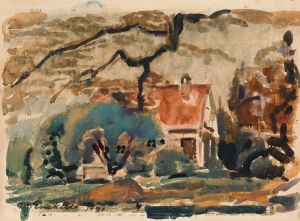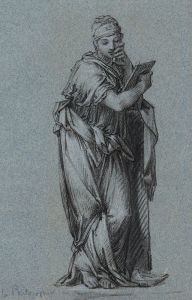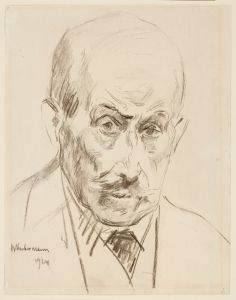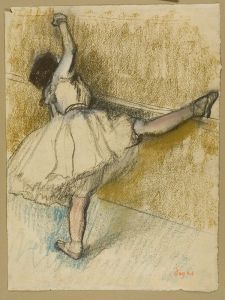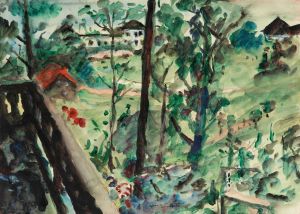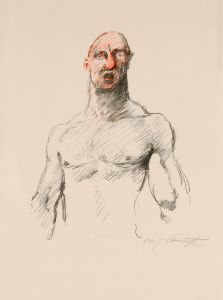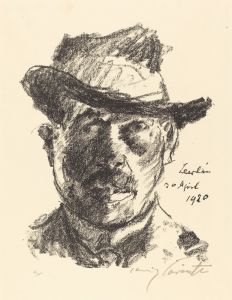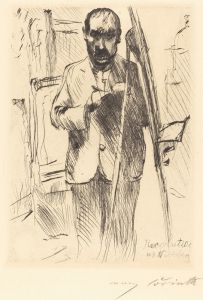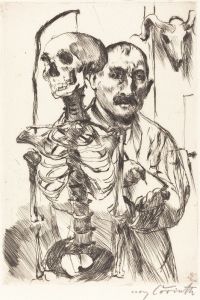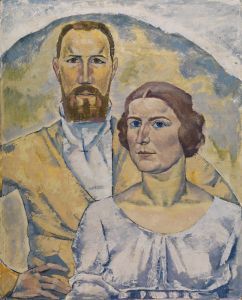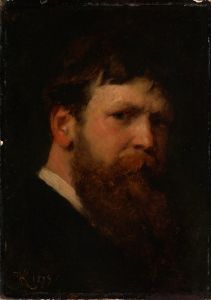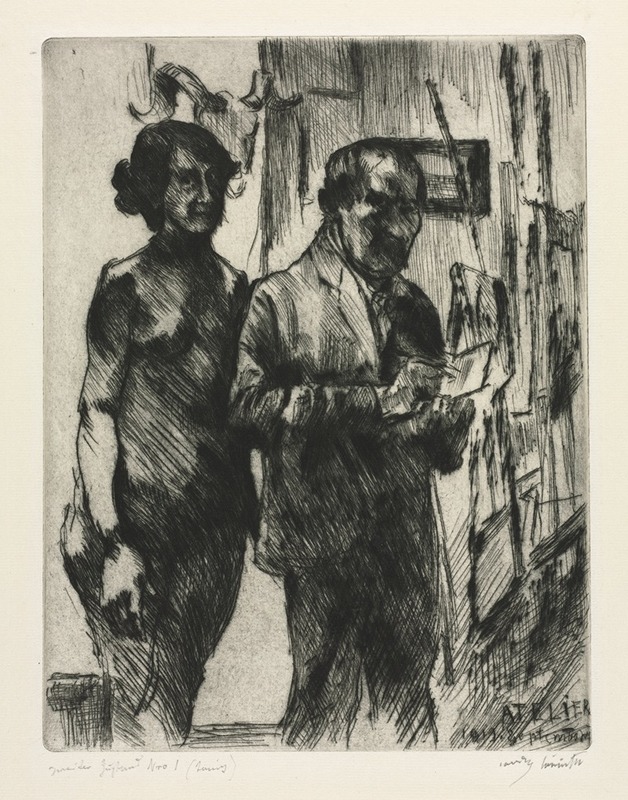
In the Studio
A hand-painted replica of Lovis Corinth’s masterpiece In the Studio, meticulously crafted by professional artists to capture the true essence of the original. Each piece is created with museum-quality canvas and rare mineral pigments, carefully painted by experienced artists with delicate brushstrokes and rich, layered colors to perfectly recreate the texture of the original artwork. Unlike machine-printed reproductions, this hand-painted version brings the painting to life, infused with the artist’s emotions and skill in every stroke. Whether for personal collection or home decoration, it instantly elevates the artistic atmosphere of any space.
"In the Studio" is a painting by the German artist Lovis Corinth, created in 1890. Corinth was a prominent figure in the German art scene, known for his contributions to both the Impressionist and Expressionist movements. His work often explored themes of realism and emotional depth, and "In the Studio" is a notable example of his early style.
The painting depicts an artist's studio, a common subject in Corinth's oeuvre, reflecting his interest in the artistic process and the environment in which art is created. The composition includes a variety of objects typically found in a studio setting, such as canvases, brushes, and possibly unfinished works, providing insight into the artist's working space and creative process. This setting allows viewers to glimpse the behind-the-scenes world of an artist, a theme that Corinth revisited throughout his career.
Lovis Corinth was born on July 21, 1858, in Tapiau, East Prussia (now Gvardeysk, Russia). He studied art in Königsberg, Munich, and Paris, where he was influenced by the works of the Old Masters as well as contemporary artists. Corinth's early works, including "In the Studio," demonstrate his academic training and his skillful use of light and shadow, which he employed to create a sense of depth and realism.
"In the Studio" is characterized by its detailed depiction of the studio environment and the subtle interplay of light and color. Corinth's brushwork in this painting is precise and controlled, reflecting his academic background and his mastery of traditional painting techniques. The use of light in the painting highlights specific areas of the studio, drawing the viewer's attention to particular objects and creating a dynamic composition.
Throughout his career, Corinth's style evolved significantly. After suffering a stroke in 1911, his work became more expressive, with looser brushwork and a more vibrant color palette. However, "In the Studio" remains an important piece within his body of work, showcasing his early style and his interest in the theme of the artist's workspace.
Lovis Corinth's contributions to art were significant during his lifetime, and he was a member of the Berlin Secession, a group of artists who sought to challenge the traditional art establishment in Germany. His work has been exhibited in numerous galleries and museums worldwide, and he is regarded as one of the leading figures in German art of the late 19th and early 20th centuries.
"In the Studio" is an exemplary work that offers insight into Corinth's artistic development and his exploration of the artist's environment. It stands as a testament to his skill and his ability to capture the essence of the creative process through his art.





